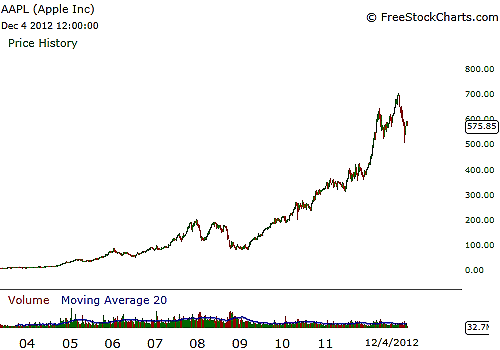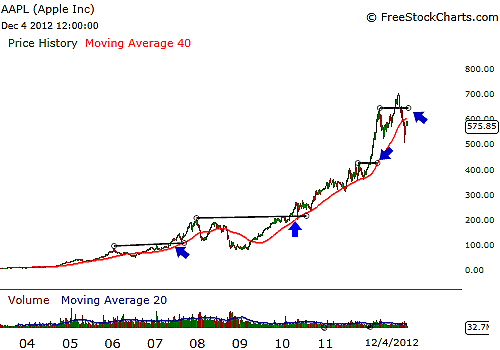The euro fell toward its lowest
level in two weeks after Italy’s prime minister said he intends
to resign, rekindling concern that a change in government will
upend efforts to rein in debt.
The euro slid versus most of its 16 major counterparts
before a Dec. 13-14 summit of European Union leaders to debate a
road map to overhaul the currency bloc. Demand for the greenback
was limited amid speculation the Federal Reserve may announce
this week additional bond purchases. The Australian dollar fell
after China reported weaker-than-expected trade figures.
The euro fell 0.1 percent to $1.2913 as of 6:41 a.m. in London. Photographer: Kiyoshi Ota/Bloomberg
Dec. 10 (Bloomberg) --
Steven Saywell, global head of foreign-exchange strategy at BNP Paribas
SA, and Nick Beecroft, chairman of Saxo Capital Markets U.K. Ltd.,
discuss the prospects for the euro, yen, Swiss franc and pound in 2013.
They talk with Mark Barton on Bloomberg Television's "Countdown."
(Source: Bloomberg)
Mario Monti, Italy's prime minister. Photographer: Alessia Pierdomenico/Bloomberg
“In the near term at least, it does look like the euro
wants to go lower,” said Imre Speizer, a strategist in Auckland
at Westpac Banking Corp. (WBC) The report that Italy’s Mario Monti may
quit “impacts the euro because it’s evidence of more political
instability within the zone.”
The euro fell 0.1 percent to $1.2913 as of 6:41 a.m. in
London after touching $1.2877 on Dec. 7, the weakest since Nov.
23. It slid 0.2 percent to 106.44 yen. The dollar bought 82.43
yen, 0.1 percent below the close last week, when it reached as
high as 82.83, the strongest since Nov. 22.
Monti will try to corral his coalition, which includes his
predecessor Silvio Berlusconi’s People of Liberty Party, for a
vote to pass budget legislation before handing in his
“irrevocable resignation,” national President Giorgio
Napolitano’s office said in an e-mailed statement on Dec. 8.
The prime minister will quit immediately if his allies
won’t comply, Monti’s spokeswoman, Elisabetta Olivi, said in a
telephone interview.
Italian Yields
Italian 10-year bond yields rose 10 basis points, or 0.1
percentage point, in three days to 4.53 percent on Dec. 7. The
yield is still almost 2.5 percentage points below its closing
level of 7 percent on Nov. 16, 2011, when Monti was named prime
minister.
Monti, 69, has been weakened as his tax increases push
Italy deeper into recession. Berlusconi announced on Dec. 8 that
he will seek the premiership in next year’s election and
criticized Monti for running a “German-centric” program.
“Combined with the region’s economic prospects, the
growing political risk in Italy may be a double whammy for the
euro,” said Junichi Ishikawa, an analyst at IG Markets
Securities Ltd. in Tokyo.
The euro fell 0.9 percent in the past week, according to
Bloomberg Correlation-Weighted Indexes, which track 10
developed-nation currencies. The greenback rose 0.3 percent,
while the yen was little changed.
More Purchases
In the U.S., the Federal Open Market Committee meets for
the final time this year on Dec. 11-12. It will consider whether
to expand purchases of assets after its so-called Operation
Twist program of swapping $45 billion a month in short-term
Treasuries for long-term debt expires this month.
“There is a good chance that the Fed will announce a new
round of money printing and bond buying,” said Westpac’s
Speizer.
Expectations of more central bank stimulus come as data
released Dec. 7 by the Labor Department showed the unemployment
rate in the world’s biggest economy dropped to 7.7 percent, the
lowest level since December 2008.
Economists polled by Bloomberg News say U.S. retail sales
probably rose 0.5 percent in November from the previous month,
when they declined 0.3 percent. The Commerce Department will
publish the figures on Dec. 13.
The central bank has already pumped $2.3 trillion into the
financial system through two rounds of quantitative easing,
known as QE, to stimulate the economy. In September, the Fed
also announced a plan to buy $40 billion of mortgage-backed debt
each month.
Chinese Exports
Australia’s currency weakened after data from China’s
customs administration showed that exports rose 2.9 percent in
November from a year earlier while imports were unchanged. Both
trailed the median analyst estimates in a Bloomberg survey.
The Australian dollar slid 0.1 percent to $1.0482. It
touched $1.0516 on Dec. 6, the highest since Sept. 21.
In Japan, gross domestic product shrank an annualized 3.5
percent in the three months ended Sept. 30, revised data from
the Cabinet Office showed in Tokyo today, matching preliminary
figures from November. The median estimate of economists
surveyed by Bloomberg was for a 3.3 percent drop.
Futures traders increased bets that the yen will weaken
against the dollar to the most since July 2007, figures from the
Washington-based Commodity Futures Trading Commission show.
The difference in the number of wagers by hedge funds and
other large speculators on a decline in the yen compared with
those on a gain -- so-called net shorts -- was 90,326 on Dec. 4,
compared with net shorts of 79,466 a week earlier.
“Extreme short market positioning will likely limit the
ability of the currency pair to push higher,” Mitul Kotecha,
Hong Kong-based head of currency strategy at Credit Agricole SA (ACA),
wrote in a note to clients today in reference to the dollar-yen
cross. “On the topside, 83.15 will market strong resistance for
the currency pair,” he wrote, noting a level last seen on April
2. Resistance is an area on a chart where orders to sell may be
clustered.
Source: Bloomberg
Reymount Investment Products & Services:
Forex Trading,
CFD Trading,
Precious Metals Trading,
Trading Software,
Introducing Brokers(IB),
Individual Trading,
White label Program.




